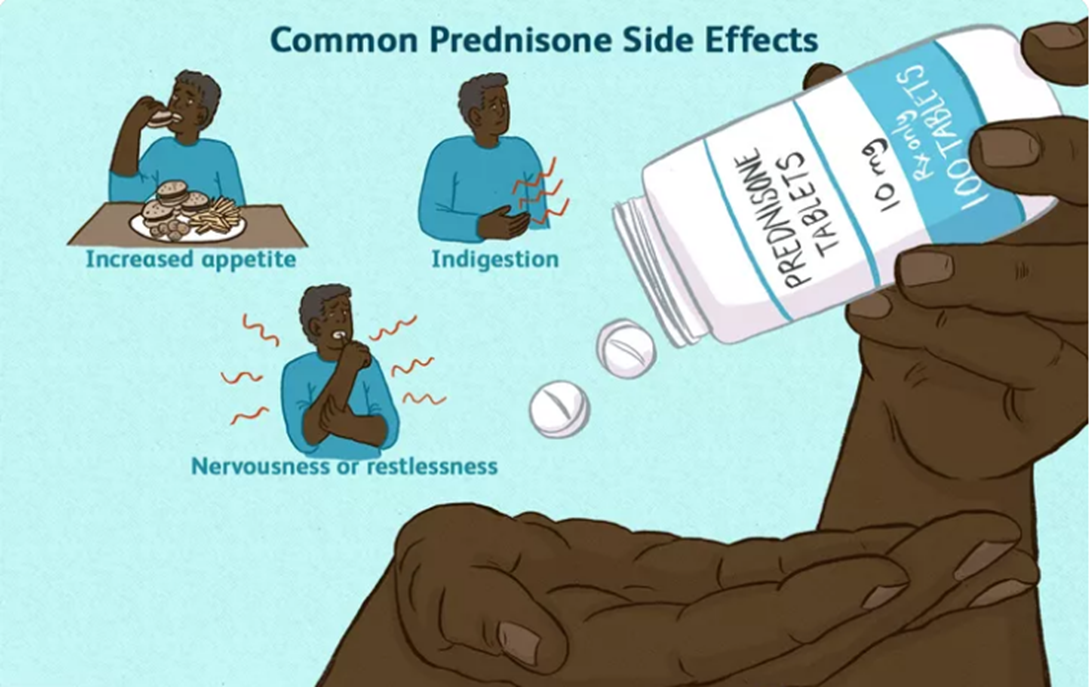A nurse is receiving a telephone prescription for a client and documents it as metformin 500 mg PO BID. Which of the following elements should the nurse identify is missing from the prescription?
Dosage
Route
Medication
Time/frequency
The Correct Answer is C
Choice A reason: This is incorrect because the dosage is given in the prescription as 500 mg, which indicates the amount of the drug to be administered.
Choice B reason: This is incorrect because the route is given in the prescription as PO, which stands for per os or by mouth, which indicates how the drug is to be administered.
Choice C reason: This is correct because the medication is not given in the prescription, which is the name of the drug to be administered. The nurse should ask the provider to clarify the medication name and spell it out if necessary.
Choice D reason: This is incorrect because the time/frequency is given in the prescription as BID, which stands for bis in die or twice a day, which indicates when and how often the drug is to be administered.
Nursing Test Bank
Naxlex Comprehensive Predictor Exams
Related Questions
Correct Answer is B
Explanation
Choice A reason: Dextromethorphan is a cough suppressant that does not affect blood glucose levels. It is safe to use for clients with diabetes.
Choice B reason: Prednisone is a corticosteroid that can cause glucose intolerance by increasing glucose production and decreasing insulin sensitivity. It can worsen hyperglycemia and increase the risk of diabetic complications.
Choice C reason: Atorvastatin is a statin that lowers cholesterol levels and reduces the risk of cardiovascular disease. It does not cause glucose intolerance and may have a beneficial effect on glycemic control.
Choice D reason: Cimetidine is a histamine-2 receptor antagonist that reduces stomach acid production and treats ulcers and gastroesophageal reflux disease. It does not cause glucose intolerance and has no significant interaction with diabetes medications.

Correct Answer is B
Explanation
Choice A reason: The client waits 10 min between inhalations is not the correct answer. This is not a recommended practice for using an albuterol inhaler. The client should wait at least 1 min between inhalations to allow the medication to reach the lungs and avoid overdose.
Choice B reason: The client takes a quick inhalation while releasing the medication from the inhaler is the correct answer. This is the correct way to use an albuterol inhaler. The client should breathe in quickly and deeply while pressing down on the inhaler to release the medication. This ensures that the medication is delivered to the airways and not the mouth or throat.
Choice C reason: The client exhales as the medication is released from the inhaler is not the correct answer. This is not a recommended practice for using an albuterol inhaler. The client should exhale before using the inhaler, not during or after. Exhaling while using the inhaler can cause the medication to be wasted or to irritate the mouth or throat.
Choice D reason: The client holds his breath for 10 seconds after inhaling the medication is not the correct answer. This is not a recommended practice for using an albuterol inhaler. The client should hold his breath for only a few seconds after inhaling the medication, not 10 seconds. Holding the breath for too long can cause dizziness, headache, or chest discomfort.
Whether you are a student looking to ace your exams or a practicing nurse seeking to enhance your expertise , our nursing education contents will empower you with the confidence and competence to make a difference in the lives of patients and become a respected leader in the healthcare field.
Visit Naxlex, invest in your future and unlock endless possibilities with our unparalleled nursing education contents today
Report Wrong Answer on the Current Question
Do you disagree with the answer? If yes, what is your expected answer? Explain.
Kindly be descriptive with the issue you are facing.
